Religious and Cultural Impact of India on Dunhuang Caves of China: A Comparative and Critical Study
The Dunhuang-caves were discovered in 1900 and attracted many historian and scholars, politians from Russia, France and Japan. These caves consist of painted, clay sculptures which reveal an impact of religion and culture of India.
The book is divided into five chapters: The chapter 1 is an introduction to painting and sculptures of the caves. Hence an attempt is made to identify them with the help of Pali-scriptures an earlier and trustworthy source.
The chapter II deals with historical events on persons in the life of the Buddha. There are two murals on Mara’s fight with the Buddha, A renunciation of his cousin Sundarananda and his wife Sundarinanda are described in murals. Besides his historical monks are also dealt with.
The chapter III is devoted to ‘Images of Buddha’ Two huge statues are carved in rocky surface in an Indian and Gandharana style. Buddha in various postures-sleeping standing, sitting, ascetic, meditative and seven Buddhas row are portrayed in detail.
The chapter IV narrates Bodhisattva in murals and sculptural forms. A beautiful ‘Avalokiteshwara’ standing Buddha with two Bodhisattva’, One of which is female, three female Bodhisattvas, including Goddess Tara and Mangolian featured Bodhisattvas and a group of sixteen Bodhisattvas are portrayed. A dominance of lotus-cult of Mahayana is The Dunhuang-caves were discovered in 1900 and attracted many historian and scholars, politians from Russia, France and Japan. These caves consist of painted, clay sculptures which reveal an impact of religion and culture of India.
The chapter V narrates about disciples of Buddha. Mahakashyapa and Rev Ananda with Chinese features and attire, Monk Sariputta with Indian features, Japanese seated Monk, Chinese Monk Xuanzang, Tibetan King with two queens from Nepal and China are beautifully painted. Vimalakirti of Indian origin but popular with Chinese, preaching Buddhism in a radical ways are portrayed. There are only two Jatakas in the caves. An influence of Indian religion and culture on Dunhuang caves pervades in the caves.
Get it now and save 10%
BECOME A MEMBER

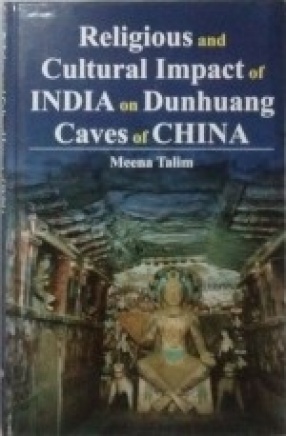
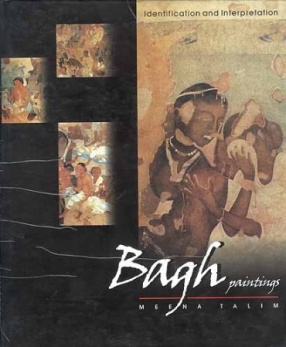
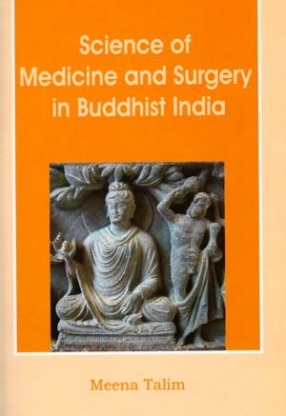
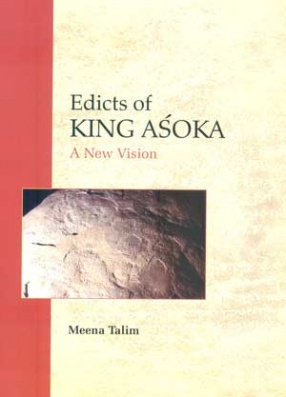
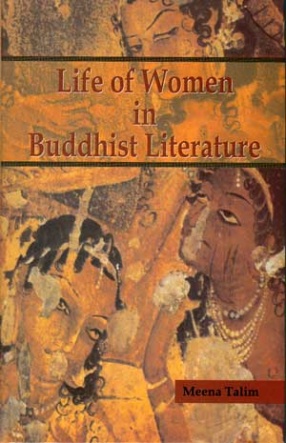



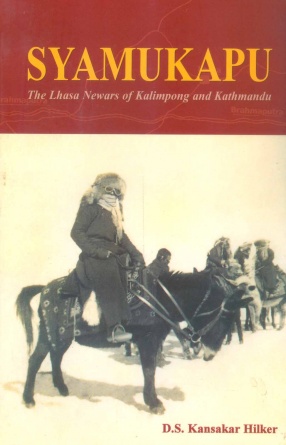

Bibliographic information